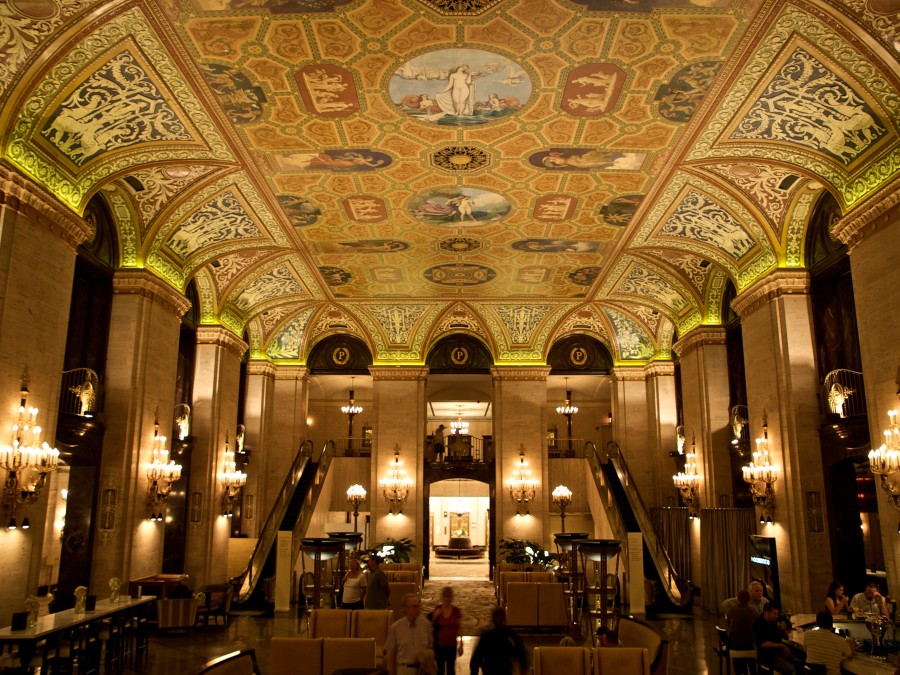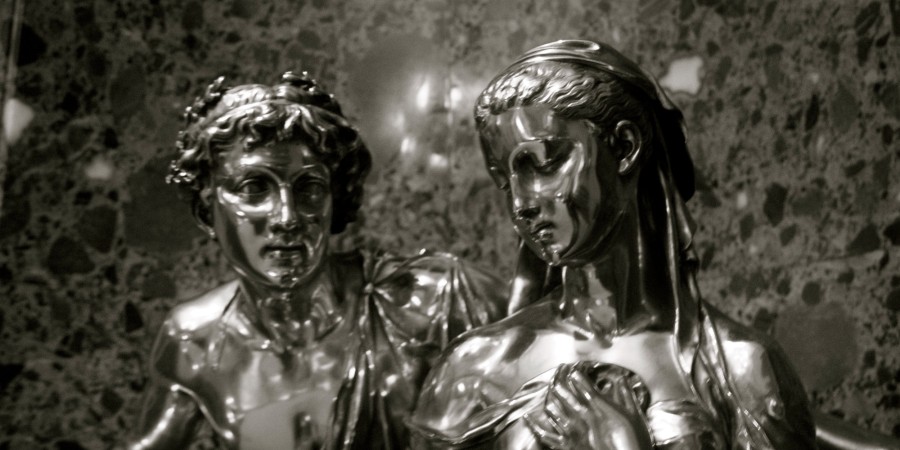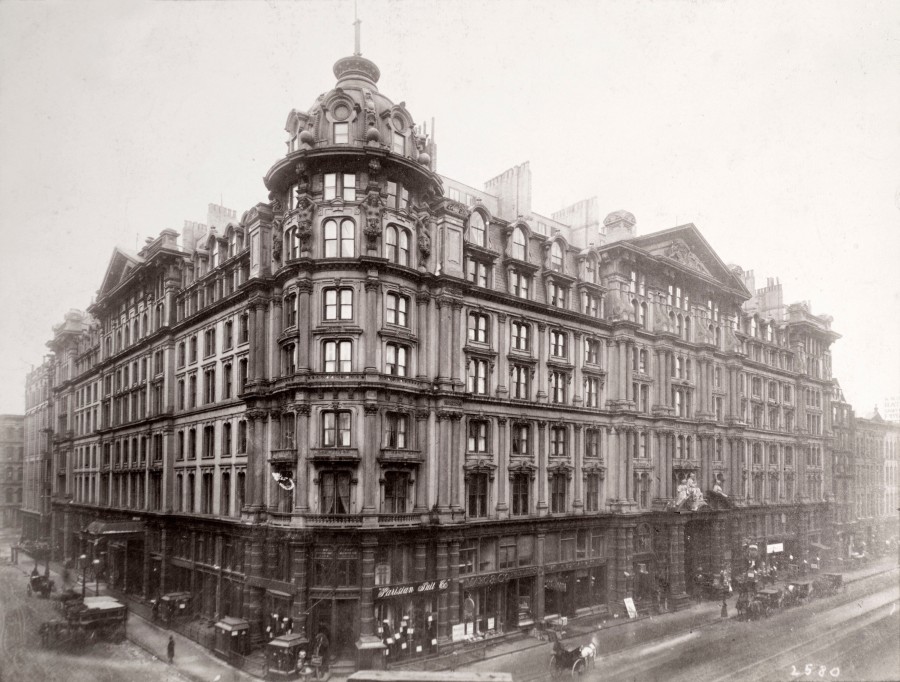What’s That Building? The Palmer House Hilton


This summer signs quietly went up on the doors of the Palmer House Hilton: “Our hotel has temporarily suspended operations.”
It’s only the second time this hotel — one of Chicago’s biggest, and possibly its most fabled — has shut down in its 141-year-history. The first was for an extended period in October 1871, when the first hotel, only a few weeks old, burned down in the Great Chicago Fire.
The pandemic-related dips in tourism have cost Chicago hotels, and the Palmer House Hilton — which has stood in Chicago’s downtown for more than a century — isn’t exempt.
As the owner, Thor Equities, defaults on its loan, the historied hotel’s future remains uncertain. The public can’t get inside the building now, but here’s a look at the Palmer House’s over-the-top splendor and history.

The Palmer House features a second-story lobby with a soaring, muraled ceiling and Tiffany bronze candelabras. There are brass peacock doors on State Street (honoring the longtime jewelry store C.D. Peacock) and a Romeo and Juliet statue on a landing when entering from Monroe Street.

The Palmer House was built as a wedding gift by Potter Palmer, who made his fortune in a dry goods store he started with his partner Marshall Field. (It went on to be what we now know as Macy’s.)
In 1870, Palmer bought a three-quarter-mile plot along State Street, and built the Palmer on the corner of Monroe and State. In doing so, he essentially changed the direction of Chicago’s main thoroughfare. (It had previously been the east to west running Lake Street.) After the Great Chicago Fire, Palmer rebuilt, bigger, across the street and reopened in July 1873.

The entire hotel was rebuilt in the early 1920s, to take it from seven to 25 stories, by the same architecture firm that built the City Hall building, Soldier Field and the Stevens Hotel. Still, during that construction the Palmer House didn’t close: One at a time, portions of the building were closed, demolished and replaced.
The hotel has been the backdrop for presidents, musicians, murder and movies over its 141-year history.
It’s at this second Palmer House that Mark Twain spoke at a lavish dinner to honor former president Ulysses S. Grant. Two presidents were also guests when nominated for president: James Garfield in 1880 and Grover Cleveland in 1884.
The Palmer’s musical legacy is even greater. In the ‘30s, the hotel featured a supper club, where performers included Judy Garland, Ella Fitzgerald and Harry Belafonte. The hotel was a turning point in 24-year-old Frank Sinatra’s career in 1939. There, Sinatra auditioned for Tommy Dorsey, who had the country’s preeminent big band. He joined Dorsey’s band and rocketed to stardom. Pianist Liberace also got his breakout gig at the Palmer House.

Starting in 1934, the hotel also hosted four semi-professional baseball teams made up of employees. One of the teams, first called the Waiters and later the Palmer House Stars, consisted of Black employees. The Stars played in a semi-pro Negro League and won the Illinois championship in 1939 and 1940.
In 1945, the Palmer family sold the hotel to Conrad Hilton, who was quickly growing his chain of Texas hotels into a national brand. Along with Chicago’s Stevens Hotel, which he also purchased, the Palmer was at the time one of the largest hotels in the nation and, reputedly, the world.
A notorious murder happened on the Palmer House’s seventh floor in July 1970: The stabbing of two teenagers attending a convention of the Japanese American Citizens League. One, Evelyn Okubo, died, but Carol Yamada survived. Although no suspect was ever found, the case was sensationalized in the media.
In the ‘80s and ‘90s, the hotel was featured in two Jim Belushi movies: Red Heat, also starring Arnold Schwarzenegger, and Curly Sue.
Dennis Rodkin is a real estate reporter for Crain’s Chicago Business and Reset’s “What’s That Building?” contributor.